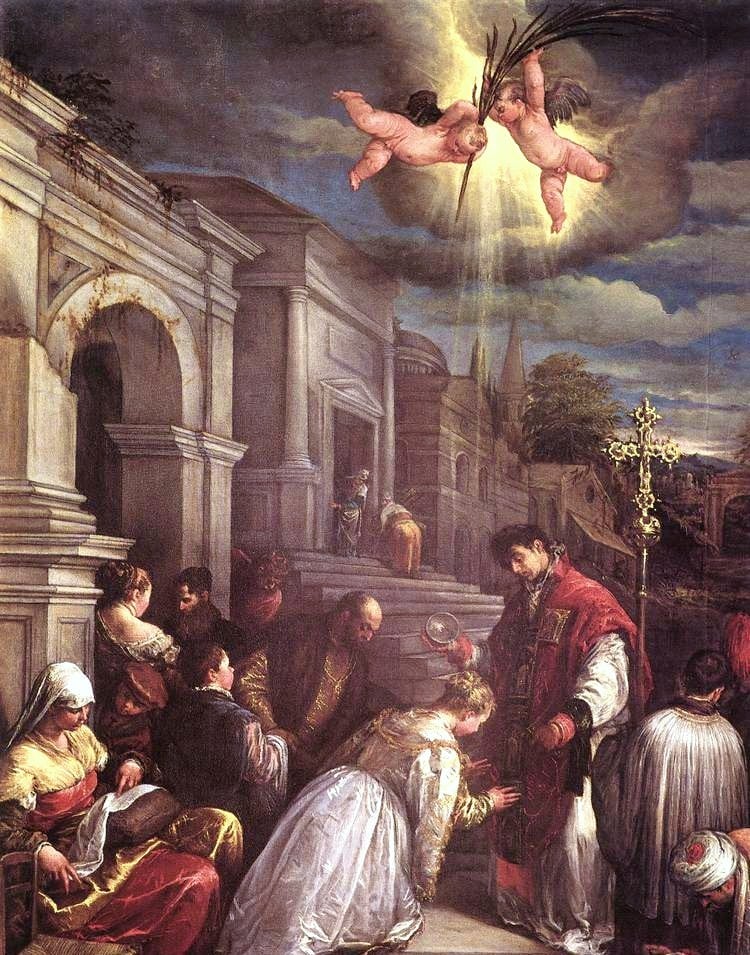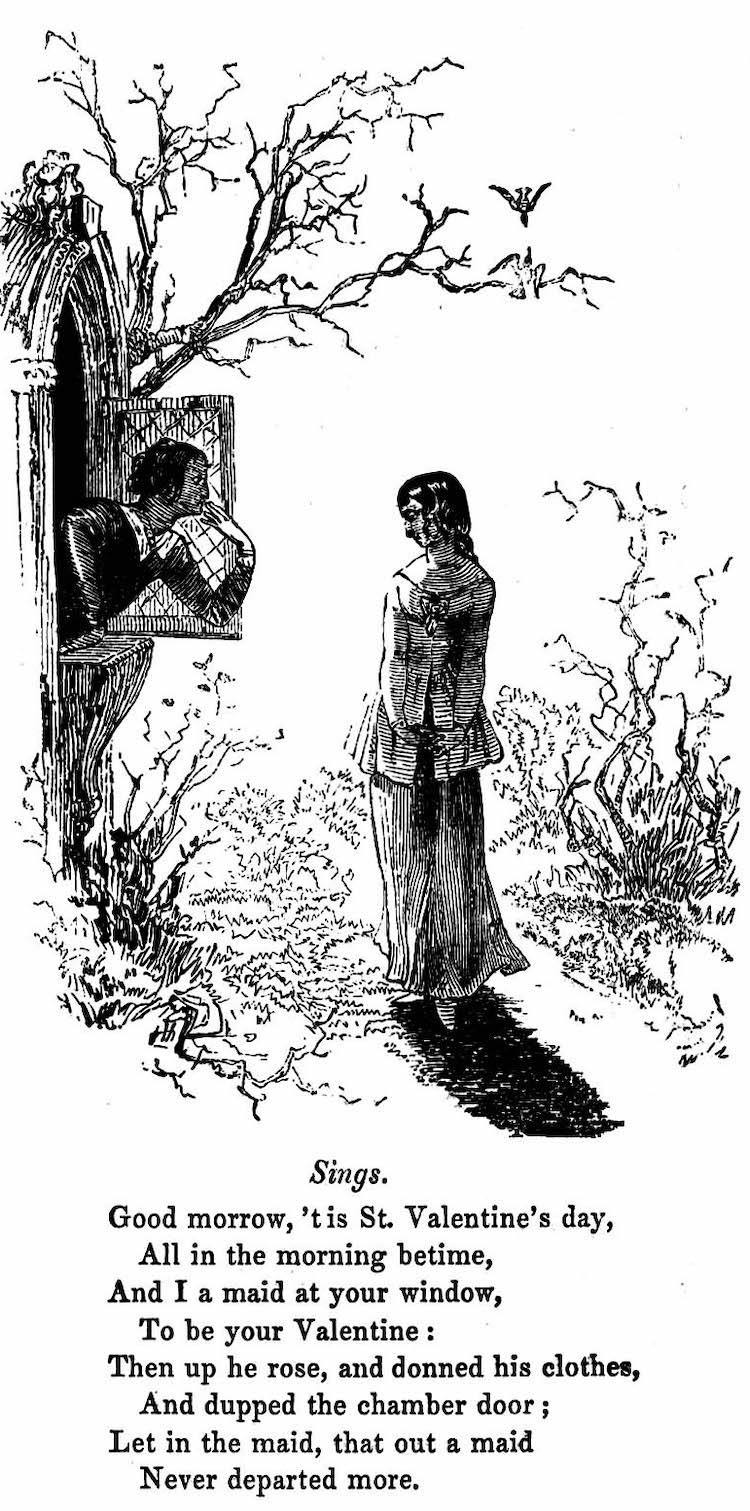Valentine’s Day conjures up thoughts of chocolates, roses, and romantic dinners, but have you ever wondered where Valentine’s Day comes from? You might be surprised to learn that this holiday’s history isn’t as romantic as you might expect.
Listen beautiful relax classics on our Youtube channel.
Though Valentine’s Day, also known as St. Valentine’s Day, is now synonymous with love, its history is quite different. Some scholars believe that the origins of Valentine’s Day can be found in the ancient Roman festival Lupercalia, which was held in mid-February. This ancient fertility rite involved the sacrifice of a male goat and a dog by priests known as Luperci. There was then a sacrificial feast, after which the Luperci took parts of the animal sacrifice and ran around Rome’s Palatine Hill, striking women who came near them with pieces of the animal. This was supposed to render these women fertile.
At the end of the 6th century CE, Pope Gelasius I transformed this festival into something else altogether. Perhaps owed to its timing, Lupercalia is often noted as the historical origins of Valentine’s Day. But the truth is, there’s no hard evidence to support this fact.
Who was St. Valentine?
Once Pope Gelasius I put an end to the Lupercalia, February 14 became known at St. Valentine’s Day. So just who is the saint they were celebrating? The reality is, there is actually more than one St. Valentine.

“St Valentine baptizing St Lucilla” by Jacopo Bassano. c. 1575 (Photo: via Wikimedia Commons)
Thanks to a work known as the Acta Santctorum, a 68-volume encyclopedia of the lives of Christian saints published in the 17th century, we have the account of not one, but three St. Valentines. And in an odd coincidence, they both died on February 14—executed in the 3rd century CE during the reign of the Roman Emperor Claudius Gothicus.
Who were these mysterious men? Information is scarce, but we do know that one was a priest in Rome, one was martyred while in Africa, while the third was a bishop from Terni. Unfortunately very little is known about their history, and many legends have embellished what little we do know.
For instance, one medieval myth told of Valentine secretly performing Christian marriages in an era when the Emperor had forbidden it. When this was discovered he was jailed and killed. In another legend, Valentine was imprisoned by the Emperor and, while there, fell in love with the daughter of his jailer. Before he was killed, he supposedly passed her a letter signed, “from your Valentine.” Later, this would become a common phrase printed on Valentine’s Day cards.
But for all these wistful fantasies, aside from the date they were martyred, there’s not much known. In fact, in 1969 the Catholic Church removed St. Valentine from the General Roman Calendar, so February 14 is no longer an official feast day.
Romantic Associations
Martyred saints don’t typically conjure up romantic thoughts, so how did Valentine’s Day start its close association with love and romance? It all starts with Geoffrey Chaucer, author of The Canterbury Tales.

“Hamlet” from The Works of Shakspere / Revised from the best Authorities / With a Memoir, and Essay on his Genius / By Barry Cornwall / Also Annotations and Introductory Remarks on the Plays by Many Distinguished Writers / Illustrated with Engravings on Wood, From Designs / By Kenny Meadows / Tragedies / Vol. II. 1846. (Photo: Victorian Illustrated Shakespeare Archive)
In his 1382 poem Parlement of Foules, Chaucer wrote: “For this was on St. Valentine’s Day, when every bird cometh there to choose his mate.” During Chaucer’s time, birds began pairing off and mating around mid-February, and soon the European nobility started sending love notes around this time of year.
The earliest surviving valentine comes from this period, when the French Duke of Orléans wrote a sweet note to his wife during his imprisonment in the Tower of London. Written in February 1415, he affectionately calls her “my very gentle Valentine.”
As time went on, romantic connections continued to appear more frequently in literature. Even Ophelia called herself Hamlet’s Valentine in Act IV, Scene 5 of William Shakespeare’s Hamlet: “To-morrow is Saint Valentine’s day, All in the morning betime, And I a maid at your window, To be your Valentine.”
Next: Where do the cards and candy come from?
The post Valentine’s Day: The Unromantic Origins of This Romantic Holiday appeared first on My Modern Met.
Source: mymodernmet.com
